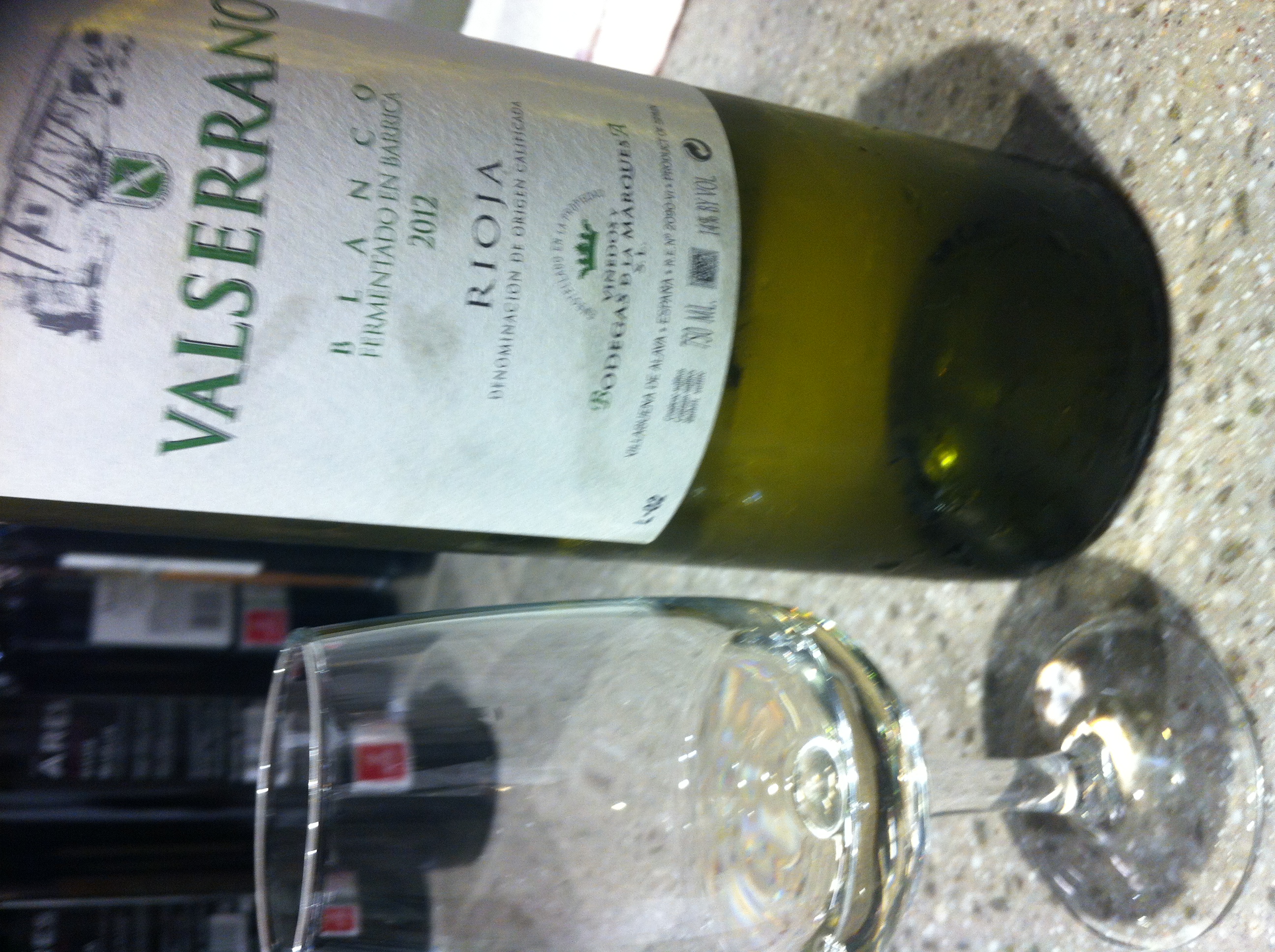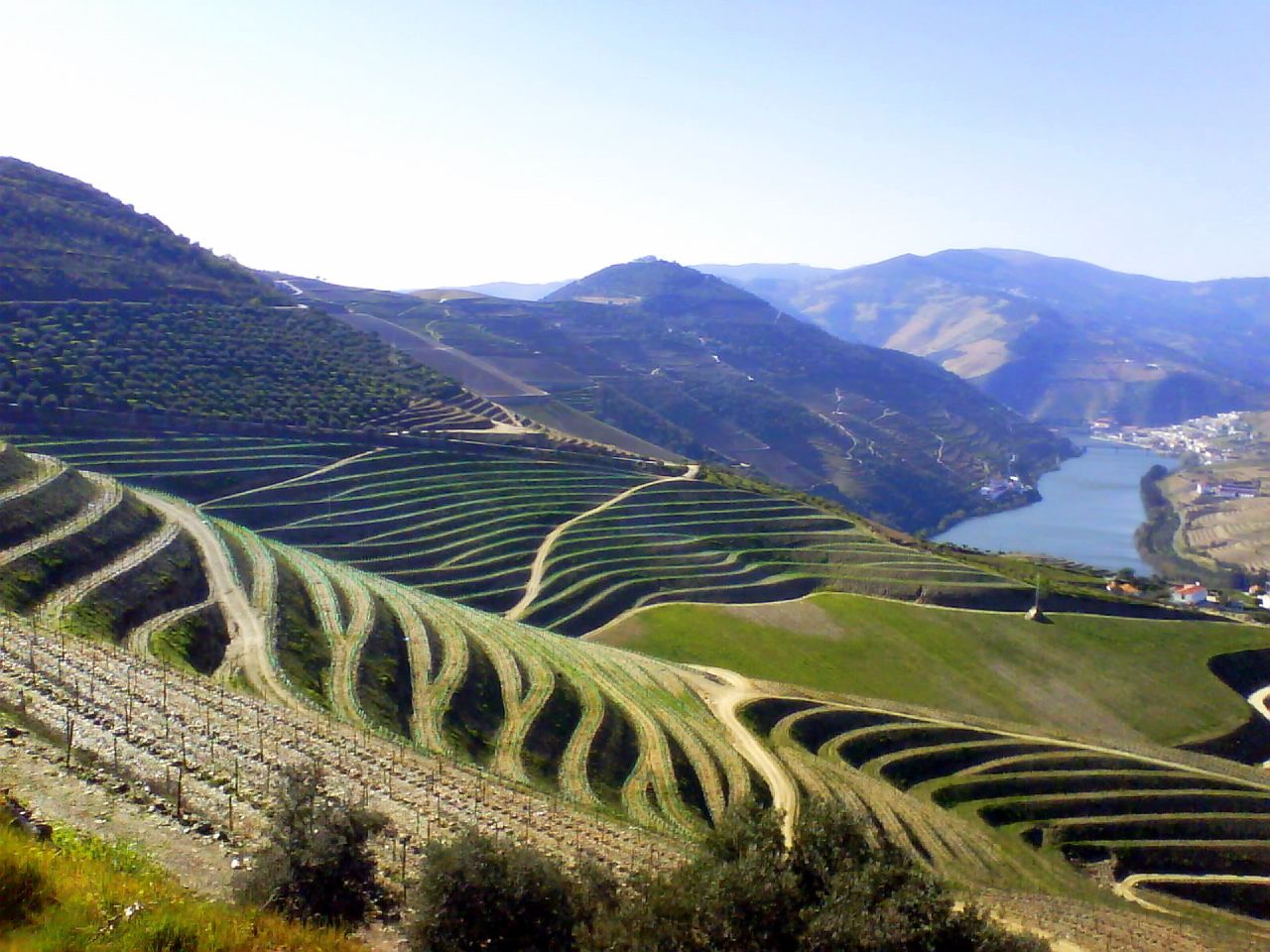|
Trajadura
Treixadura or Trajadura is white Portuguese wine grape variety grown primarily in the Vinho Verde wine region of northeast Portugal and the Galician wine regions of Ribeiro and Rías Baixas in Spain where the variety is known as ''Treixadura''. The grape is primarily a blending variety that adds body and light lemony aromatics to wines. It is most commonly blended with Loureiro and Alvarinho in Rías Baixas while in Ribeiro it is often blended with Torrontés and Lado.J. Robinson ''Jancis Robinson's Guide to Wine Grapes'' p. 189 Oxford University Press 1996 Oz Clarke ''Encyclopedia of Grapes'' p. 270 Harcourt Books 2001 Wine regions In Portugal, Treixadura is primarily found in the Minho wines of Vinho Verde which includes 58,000 hectares (143,300 acres) of DOC plantings near the Spanish border and another 12,000 ha (29,650) outside the DOC boundaries. While Alvarinho is the most widely planted white grape in this region, Treixadura is grown and blended with Alvarinho as ... [...More Info...] [...Related Items...] OR: [Wikipedia] [Google] [Baidu] |
Portuguese Grape Variety
Portugal's history of viticulture and vinification covers many centuries and has included the use of an extensive number native varieties. In addition, through experimentation and field trials a number of new varieties have emerged and are now playing key roles in producing the country's wide array of wines. The relative absence of many international varieties such as Cabernet Sauvignon, Chardonnay and Semillon is another characteristic of this country's wine industry, although in recent decades many of these varieties have been brought into wider use as the lists below reveal. Portugal's wine production in 2019 was 6.5 million hectolitres (Mhl), consistent with its annual average since 2015, and the forecast for 2020 is also 6.5 Mhl. This industry makes an important contribution to the country's annual income by attracting a vigorous local market and by being exported all over the world with France, the United States, the United Kingdom, Brazil and Germany as the main destinatio ... [...More Info...] [...Related Items...] OR: [Wikipedia] [Google] [Baidu] |
Vinho Verde
Vinho Verde () (literally 'green wine') refers to Portuguese wine that originated in the historic Minho province in the far north of the country. The modern-day 'Vinho Verde' region, originally designated in 1908, includes the old Minho province plus adjacent areas to the south. In 1976, the old province was dissolved. Vinho Verde is not a grape variety, it is a DOC for the production of wine. The name means "green wine," but translates as "young wine", with wine being released three to six months after the grapes are harvested. They may be red, white, or rosé, and they are usually consumed soon after bottling. A Vinho Verde can also be a sparkling, a Late Harvest or even Brandy. In its early years of production, the slight effervesce of the wine came from malolactic fermentation taking place in the bottle. In winemaking this is usually considered a wine fault but Vinho Verde producers found that consumers liked the slightly fizzy nature. However, the wines had to be package ... [...More Info...] [...Related Items...] OR: [Wikipedia] [Google] [Baidu] |
Tinta Amarela
Tinta Amarela or Trincadeira is a red wine grape that is commonly used in Port wine production. The grape is noted for its dark coloring. Its use in the Douro region has been increasing in recent years. The vine is susceptible to rot and performs better in dry, hot climates.T. Stevenson ''"The Sotheby's Wine Encyclopedia"'' pg 335 Dorling Kindersley 2005 It is one of the most widely planted grape varieties in Portugal. It is the oldest and most widely planted grape variety in the Alentejo region, where it is called Trincadeira. The wine tends to be full-bodied and rich, with aromas of blackberries, herbs and flowers. See also *List of Port wine grapes According to the Method of Punctuation of the Plots of Land of Vineyards of the Region of Douro (decree nº 413/2001), there were 30 recommended and 82 permitted grape varieties in Port wine production. The quality and characteristics of each grap ... * List of Portuguese grape varieties References Red wine grape varieties ... [...More Info...] [...Related Items...] OR: [Wikipedia] [Google] [Baidu] |
Grape Variety
This list of grape varieties includes cultivated grapes, whether used for wine, or eating as a table grape, fresh or dried (raisin, currant, sultana). For a complete list of all grape species including those unimportant to agriculture, see Vitis. The term ''grape variety'' refers to cultivars rather than actual botanical varieties according to the International Code of Nomenclature for Cultivated Plants, because they are propagated by cuttings and may have unstable reproductive properties. However, the term ''variety'' has become so entrenched in viticulture that any change to using the term ''cultivar'' instead is unlikely. Single species grapes While some of the grapes in this list are hybrids, they are hybridized within a single species. For those grapes hybridized across species, known as interspecific hybrids, see the section on multispecies hybrid grapes below. ''Vitis vinifera'' (wine) Red grapes White grapes Rose Grapes ''Vitis vinifera'' (table) ... [...More Info...] [...Related Items...] OR: [Wikipedia] [Google] [Baidu] |
Minho (VR)
Minho, formerly Rios do Minho, is a Portuguese wine region covering the same areas as the Vinho Verde DOC. accessed on January 26, 2010 The region is classified as a '' Vinho Regional'' (VR), a designation similar to a French '''' region. The wines of the Minho and Vinho Verde are nearly identical except for the Minho VR allowing foreign |
Portuguese Wine
Portuguese wine was mostly introduced by the Romans and other ancient Mediterranean peoples who traded with local coastal populations, mainly in the South. In pre-Roman Gallaecia-Lusitania times, the native peoples only drank beer and were unfamiliar with wine production. Portugal started to export its wines to Rome during the Roman Empire. Modern exports developed with trade to England after the Methuen Treaty in 1703. From this commerce a wide variety of wines started to be grown in Portugal. And, in 1758, one of the first wine-producing regions of the world, the '' Região Demarcada do Douro'' was created under the orientation of Marquis of Pombal, in the Douro Valley. Portugal has two wine-producing regions protected by UNESCO as World Heritage: the Douro Valley Wine Region (''Douro Vinhateiro'') and Pico Island Wine Region (''Ilha do Pico Vinhateira''). Portugal has a big variety of local kinds, producing a very wide variety of different wines with distinctive personality. Hi ... [...More Info...] [...Related Items...] OR: [Wikipedia] [Google] [Baidu] |
Avesso
Avesso is a white Portuguese wine grapeAvesso , accessed on June 27, 2010 planted primarily in the Minho region of Portugal. It can make full-bodied aromatic wines. s believe it may be related to the Portuguese grape Jaen. J. Robinson ''Jancis Robinson's Wine Course'' Third Edition pg 100 Abbev ... [...More Info...] [...Related Items...] OR: [Wikipedia] [Google] [Baidu] |
Vitis International Variety Catalogue
The Vitis International Variety Catalogue (VIVC) is a database of various species and varieties/cultivars of grapevine, the genus ''Vitis''. VIVC is administered by the Geilweilerhof Institute for Grape Breeding (''Institut für Rebenzüchtung Geilweilerhof'') in Siebeldingen, Germany, and contains information from grapevine collections existing in various institutes of viticulture around the world. As of April 2009, the information in the database brought together information from 130 institutions located in 45 countries, and contains about 18,000 entries. The database was started in 1983, and has been available online since 1996. Its initial creation was supported by the International Organisation of Vine and Wine and the International Board for Plant Genetic Resources, a forerunner of Bioversity International. The purpose of the VIVC database is to provide documentation on available grapevine genetic resources, and to be a source of information to grape breeders, viticultural ... [...More Info...] [...Related Items...] OR: [Wikipedia] [Google] [Baidu] |
Macabeo
Macabeo, also called Viura or Macabeu (, ), is a white variety of wine grape. It is widely grown in the Rioja region of northeastern Spain, the Cava producing areas south of Barcelona, and the Languedoc-Roussillon region of France. Spanish plantations stood at nearly in 2015, making it the second most grown white grape variety in Spain. In France, plantations accounted for in 2007. Since 2009, some Macabeo is grown in Israel. Styles and winemaking  The grape is mostly used to make mildly acidic and young white wines mostly suitable for early co ...
The grape is mostly used to make mildly acidic and young white wines mostly suitable for early co ...
[...More Info...] [...Related Items...] OR: [Wikipedia] [Google] [Baidu] |
Albilla
Albillo or Albillo Real is a white Spanish wine grape varietyAlbillo Real , , accessed on June 26, 2010 planted primarily in the region, and also in , and [...More Info...] [...Related Items...] OR: [Wikipedia] [Google] [Baidu] |
Caíño Blanco
Caíño blanco or Cainho branco is a white Spanish and Portuguese wine grape variety that is grown in northwest Spain and northern Portugal in a stretch of area between Vinho Verde and the '' Denominación de Origen'' (DO) of Rías Baixas. The grape is often confused for Albariño and in Vinho Verde it is sometimes known under the name ''Alvarinhão'' (a synonym shared with another Portuguese grape, Fernão Pires). While DNA profiling conducted in the early 21st century has shown that the two grapes are distinct varieties, the evidence has suggested that Caíño blanco maybe an offspring of Albariño from a natural crossing with the red Portuguese wine grape Azal tinto (also known as Caíño Bravo).J. Robinson, J. Harding and J. Vouillamoz ''Wine Grapes - A complete guide to 1,368 vine varieties, including their origins and flavours'' pgs 148-149 Allen Lane 2012 History Ampelographers believe that Caíño blanco is native to the northwest Iberian peninsula and was likely the r ... [...More Info...] [...Related Items...] OR: [Wikipedia] [Google] [Baidu] |
Palomino (grape)
Palomino Fino is a white grape widely grown in Spain and South Africa, and best known for its use in the manufacture of sherry. It is also grown in the Douro region of Portugal where it is used for table and fortified wines. Wine regions In Spain, the grape is split into the sub-varieties Palomino Fino, Palomino Basto, and Palomino de Jerez, of which Palomino Fino is by far the most important, being the principal grape used in the manufacture of sherry. The wine formed by fermentation of the grape is low in both acidity and sugar which, whilst suitable for sherry, ensures that any table wine made from it is of a consistently low quality, unless aided by acidification. It is the fourth most common white grape variety grown in Spain, with in 2015. There are substantial plantings in Andalusia for sherry production, and it is also widely grown on the Canary Islands, and in Galicia. In France, it is referred to as Listán, and in South Africa as Fransdruif or White French. It ... [...More Info...] [...Related Items...] OR: [Wikipedia] [Google] [Baidu] |



.jpg)

